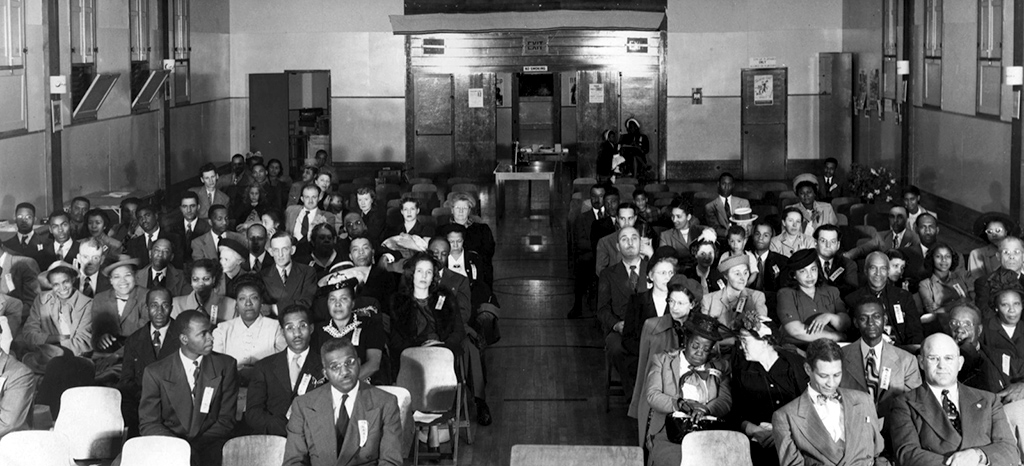Vancouver, Washington Branch 1139 is the 1139th charter organization of the National Association for the Advancement of Colored People (NAACP). The Vancouver Branch was founded in 1943 during the surge in the African American population in the Portland, Oregon-Vancouver, Washington area in response to defense work in the three Kaiser Shipyards in the vicinity. The Vancouver Branch was also founded 33 years after the creation of the national NAACP.
Between 1940 and 1944, Vancouver’s African American population increased from 18 to 8,825. Since a number of blacks were segregated in wartime housing, a group of concerned citizens joined to create the local NAACP. The Vancouver NAACP soon became involved with other groups such as the Vancouver Civic Unity League that meet to address racial segregation in housing. Both the NAACP and the Civic Unity League wanted to ensure that permanent housing be available to African Americans who wanted to remain in the city after the end of World War II.
The Vancouver NAACP also addressed the large scale unemployment of African Americans in the area at the end of World War II. The Branch conducted a survey in 1946 and found that even with substantial experience there were more African Americans unemployed then whites in the area. The survey showed that 77% of the black family heads were unemployed.
The NAACP Labor and Industry Committee, with assistance of Noah Griffin, NAACP Regional Director, and the Portland Urban League met with local management and labor union leaders in the hope of generating more substantial employment opportunities for local African American workers. The Vancouver branch was helped in its efforts when Washington state and Oregon created Fair Employment Practices Commissions in 1949. Both Commissions were the result of intense multi-year campaigns which were supported by the Vancouver Branch. The NAACP opened some jobs for African Americans but most blacks left because they could not find adequate employment or housing. Between 1945 and 1960 the African American population declined from 8,825 to 494. It began to slowly increase again during the 1960s.
The Vancouver NAACP nonetheless survived and continues to work toward improving the education, employment, and needs of the community. Its goals are “a society free of the prejudices that most of us experienced during out childhood and adulthood; a world where the American dream of life, liberty, and the pursuit of happiness will be the accepted rather the exceptional.”

